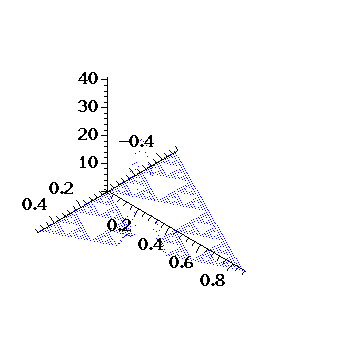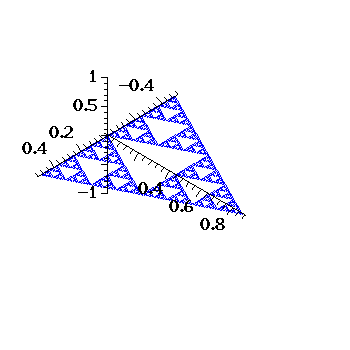|
Using the finite element method to solve equations in space, we were able to
solve the heat equation (Lu=du/dt) and the wave equation (Lu=d2u/dt2).
To solve the equations in time, we just exponentiated the appropriate matrix,
and then multiplied by our initial conditions (for the heat equations, we only
need specify the initial values; for the wave equation, we must also specify
values of the derivative). On this page, we show animations of the heat kernel
and the wave propagator. It should be noted that we were only able to use a
spline approximation out to V3 (due to computational concerns), which means our approximations of
delta functions is actually quite poor. However, you can still get an idea of
what is happening here. In the future, it should be possible to implement an
irregular gridding routine, allowing a much finer spline mesh around the
singular point, allowing for a much better delta function approximation.
If you want to stop any animation, just hit the stop button on the menu bar
and if you want to animate it again, hit reload.
Here is an example of a heat kernel solution to the heat equation. Not as jazzy as the wave equation...

So here is a wave propagator solution to the wave equation. One interesting
feature of the wave propagator is that there is no finite propagation speed to
the solution, although it is not really visible in this graph (it looks like it
takes some time for the waves to propagate through the gasket). In order to see
the faster propagations, one must examine the solutions at a smaller scale. If
you want to see this, check out our scaled animations here.

|




